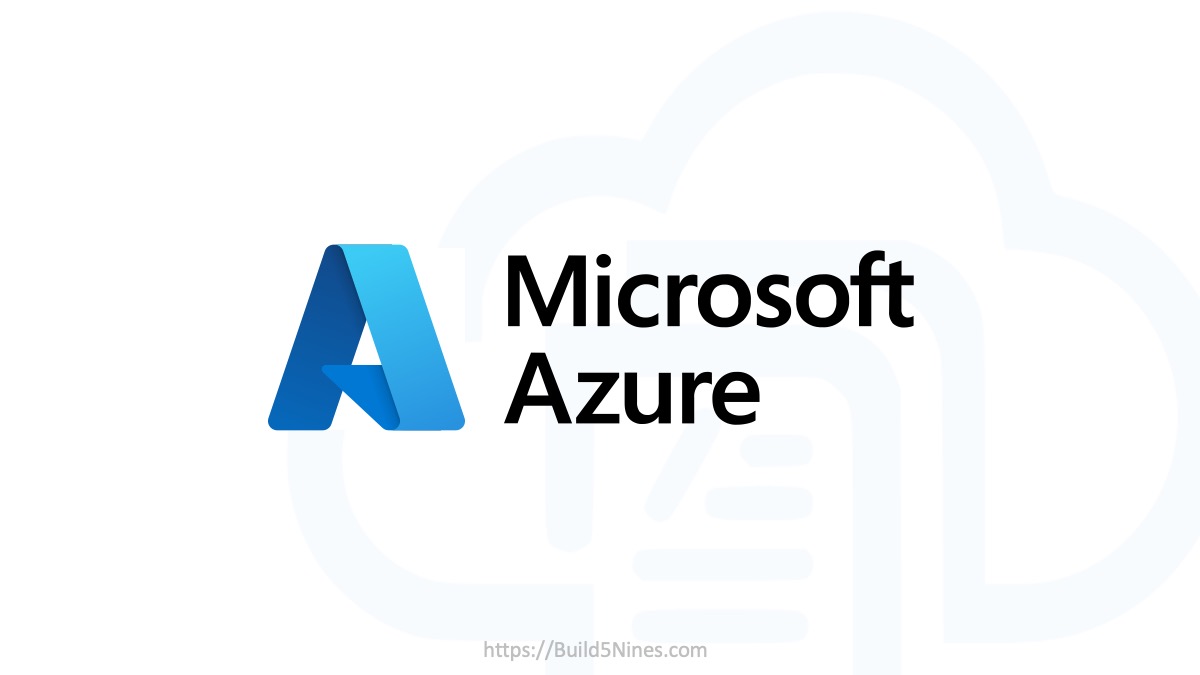The Microsoft Azure CDN (Content Delivery Network) provides secure, reliable content delivery with a broad global reach along with rich features. The Azure CDN POP (point of presence) locations are not the same as the Azure Region locations, and Microsoft has the list of cities for the CDN locations published in the Azure documentation. However, a list of city names isn’t very good at allowing you to visualize the true global reach of the Azure CDN POP locations.
Disclaimer: This is an unofficial map of Azure CDN POP locations and is not endorsed by or affiliated with Microsoft. The official Azure CDN POP data may differ from what is displayed here.
The above map is built using the Azure Maps Web SDK.
Table of Contents
Frequently Asked Quetions
What is an Azure CDN POP (point of presence) location?
An Azure CDN Point of Presence (POP) location refers to a strategically placed data center within the Azure Content Delivery Network (CDN) network. These POPs are distributed globally, allowing content to be cached closer to end-users. When a user requests content, the CDN delivers it from the nearest POP location rather than the origin server, reducing latency and improving performance. This architecture enhances the speed and reliability of content delivery for websites, applications, videos, and other digital content across the globe.
How many Azure CDN POP locations are there?
Currently, there are 174 Azure CDN POP locations.
Are all Azure CDN POPs just Azure Regions?
No, not all Azure CDN POPs are equivalent to Azure regions. While Azure regions represent physical data center locations where Azure services are hosted, CDN POPs (Points of Presence) are strategically distributed global locations designed specifically to optimize content delivery.
Azure CDN POPs are typically located closer to end-users, often in major cities or internet exchange points worldwide. These POPs cache content from Azure services and deliver it to users with lower latency and higher performance.
While there may be some overlap between Azure regions and CDN POP locations, they serve different purposes. Azure regions provide the infrastructure for hosting Azure services, while CDN POPs enhance the delivery of content by caching it closer to end-users, regardless of whether those users are accessing content from Azure services or other sources.
How are Azure CDN POPs used to improve loading speed?
Azure CDN POPs (Points of Presence) improve loading speed by caching content closer to end-users. When a user requests content, the CDN delivers it from the nearest POP location rather than the origin server. This reduces latency because the content has a shorter distance to travel, resulting in faster loading times. Additionally, POPs optimize content delivery by employing techniques like caching, compression, and dynamic content optimization, further enhancing loading speed. Overall, Azure CDN POPs improve loading speed by minimizing the distance and network hops between the user and the content, resulting in a smoother and faster browsing experience.
Why does Azure have more CDN POP locations than Azure Regions?
Azure has more CDN POP (Point of Presence) locations than Azure regions primarily to optimize content delivery and improve performance for end-users. While Azure regions represent physical data center locations where Azure services are hosted, CDN POPs are strategically distributed globally to cache content closer to end-users.
By having more CDN POP locations, Azure can reduce latency and improve loading times for content delivery. Users accessing content from various locations around the world can benefit from faster response times because the content is served from the nearest CDN POP, rather than traveling all the way to the origin server.
Additionally, having more CDN POPs enhances the scalability and reliability of Azure’s Content Delivery Network. It allows Azure to handle larger volumes of traffic efficiently and provides redundancy in case of network failures or issues in specific regions.
In essence, the abundance of CDN POP locations ensures that Azure can deliver content quickly and reliably to users worldwide, regardless of their geographic location, contributing to a better overall user experience.




 Stack Overflow Upset Over Users Deleting Answers After OpenAI Partnership
Stack Overflow Upset Over Users Deleting Answers After OpenAI Partnership
 GitHub Actions: Commit and Push Changes Back to Repository
GitHub Actions: Commit and Push Changes Back to Repository
 Run Your Own Local, Private, ChatGPT-like AI Experience with Ollama and OpenWebUI (Llama3, Phi3, Gemma, Mistral, and more LLMs!)
Run Your Own Local, Private, ChatGPT-like AI Experience with Ollama and OpenWebUI (Llama3, Phi3, Gemma, Mistral, and more LLMs!)
 IPv4 Address CIDR Range Reference and Calculator
IPv4 Address CIDR Range Reference and Calculator
 Azure Functions: Extend Execution Timeout Past 5 Minutes
Azure Functions: Extend Execution Timeout Past 5 Minutes





